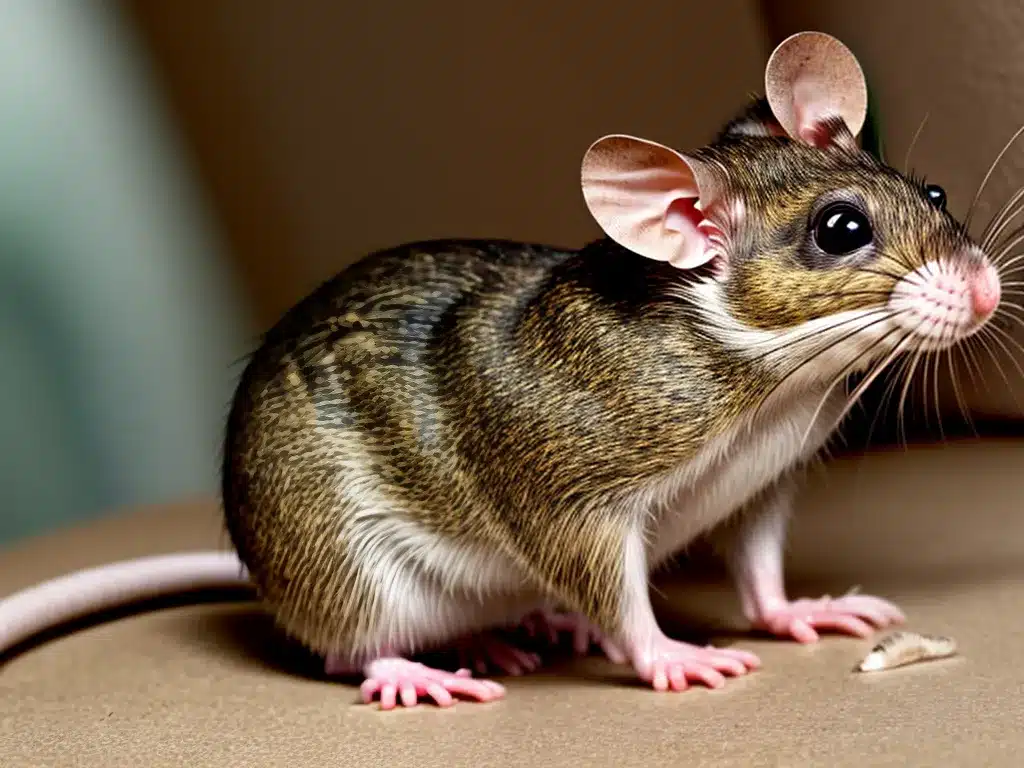Introduction
As a homeowner, I understand how unwanted rodents like mice and rats can be a nuisance. While I don’t enjoy having them around, I also don’t want to use harmful methods to get rid of them. That’s why I advocate for humane rodent removal. In this article, I’ll share some of my experiences and advice for humanely evicting mice and rats.
Preventing Rodent Infestations
The best way to deal with mice and rats is to prevent them from entering your home in the first place. Here are some tips I’ve learned:
-
Seal entry points. Use steel wool, caulk, and other sealants to plug any cracks, holes, or openings that are larger than 1/4 inch. Pay special attention to areas around pipes and wires.
-
Store food properly. Keep human and pet food in airtight containers, and don’t leave crumbs or spills that could attract rodents.
-
Manage garbage. Use rodent-proof trash cans with tight lids, and take the trash out frequently.
-
Clean up clutter. Remove stacks of paper, cardboard, and other messy areas that rodents could nest in.
-
Use deterrents. Mice and rats dislike the smell of peppermint, chili pepper, and ammonia. Try using these scents as a natural repellent.
Trapping Rodents Humanely
If you already have an infestation, trapping is the most humane way to remove mice and rats from your home. Live traps allow you to catch rodents alive and then release them elsewhere. Here are some best practices:
Choosing the Right Traps
-
For mice, look for small traps that are about 3x3x8 inches.
-
For rats, use larger traps that are at least 10x3x3 inches.
-
Get traps with sensitive triggers to increase success.
-
Avoid glue traps or traps that can injure animals.
Baiting the Traps
-
Use bait like peanut butter, bacon, chocolate, or seeds.
-
Place traps along walls or in areas with signs of activity.
-
Set multiple traps to increase likelihood of capture.
Releasing Rodents
-
Take trapped rodents at least 5 miles from your home and release near bushes or trees.
-
Be sure to release nocturnal rodents like mice and rats at night when they are active.
-
After release, thoroughly disinfect traps before reusing.
Excluding Rodents Permanently
For long term rodent control, exclusion is key. After trapping and removing all rodents, make the following exclusions to your home:
Block Entry Points
-
Seal holes inside and outside the home with steel wool, caulk, concrete, or other durable fillers.
-
Use copper or stainless steel mesh to seal large gaps.
-
Install weather strips around doors and windows.
-
Cover dryer, stove, and fireplace vents with fine metal mesh.
Remove Access to Food Sources
-
Store human and pet food in chew-proof, airtight plastic or glass containers.
-
Keep outside trash bins closed securely.
-
Clear away any exterior pet food or fallen fruit/seeds.
-
Compost in closed bins that rats and mice cannot get into.
Monitor for Signs of Re-Entry
-
Place flour on garage/basement floors to check for new footprints.
-
Inspect seals andexclusion points regularly for any new chewing or holes.
-
Look for droppings, grease marks, and tracks.
-
If signs reappear, repeat trapping and exclusion measures.
When to Call a Professional
While DIY methods can be effective for minor infestations, it may be wise to hire a pest control professional for large-scale rodent removal. Consider calling for help if:
-
You have identified rats (more difficult than mice).
-
You hear rodents in the walls or ceiling.
-
Multiple traps are full daily.
-
Exclusion attempts have failed.
-
There is a risk of structural damage from chewing.
Look for companies that use humane trapping and exclusion rather than poisons. With the right prevention and removal methods, you can get rid of mice and rats in a safe, cruelty-free manner.







